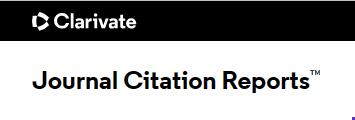column
2014, 28(3): 153-154.
DOI: 10.7555/JBR.28.20140057
2014, 28(3): 155-156.
DOI: 10.7555/JBR.28.20130181
2014, 28(3): 157-168.
DOI: 10.7555/JBR.28.20140012
2014, 28(3): 169-177.
DOI: 10.7555/JBR.28.20140029
2014, 28(3): 194-200.
DOI: 10.7555/JBR.28.20140052
2014, 28(3): 222-227.
DOI: 10.7555/JBR.28.20120120
2014, 28(3): 240-245.
DOI: 10.7555/JBR.28.20130095



 Authors and Reviewers
Authors and Reviewers

